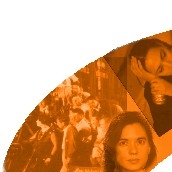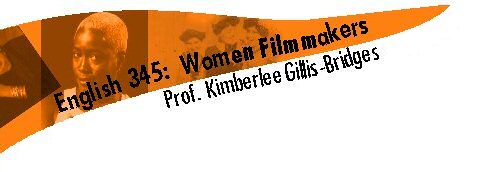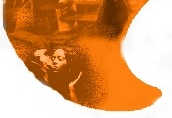


 |
 |
 |
 |
 |
| Course M-TH, 12:00-2:10 More 225 |
| Instructor K. Gillis-Bridges Padelford A305 543-4892 MW, 11:00-11:50 and by appointment |
| Page last updated 6/21/03 |

Presentation Grading
For the presentation, I will assign 0-10 points in each of the following categories, with 0 representing a missing component and 10 representing exceptional execution of the criterion. The total number of points comprises the grade on the presentation.
- Focus: The group proffers an
argument about the formal, thematic, or ideological significance of the
scene. Group members develop the argument throughout the
presentation.
- Complexity: Group members present an interpretation that advances the class’s understanding of the scene and film. Presenters do not simply list the formal elements at work in the scene, summarize the plot, pronounce aesthetic or moral judgments, or treat the scene reductively. Instead, they point out the implications of formal techniques, examine the values and beliefs underlying the film’s narrative and style, and explore why the film develops its themes as it does.
- Organization: The presentation
has a logical structure; the progression of points is easy to
follow. Each element of the presentation has an obvious relation
to the other elements. All evidence or explanation related to a
particular point is presented along with that point.
- Support: Presenters support
their reading of the scene with sufficient and persuasive evidence
(reference to scene, clip screening, quotations from reading,
references to class discussion, etc.).
- Completeness: Within the scope
of the argument, the group offers a thorough analysis of the scene.
Presenters do not ignore elements of the scene that contradict their
argument. Moreover, they can answer questions about all
information presented.
- Delivery: Group members have
coordinated elements of the presentation. Speakers convey their
points smoothly, and the group adheres to the time limit. Visual aids
are well prepared (handouts and slides readable and uncluttered, clips
cued to appropriate scene, etc.) and integrated effectively into the
presentation. Activities incorporated into the presentation have a
discernible purpose.